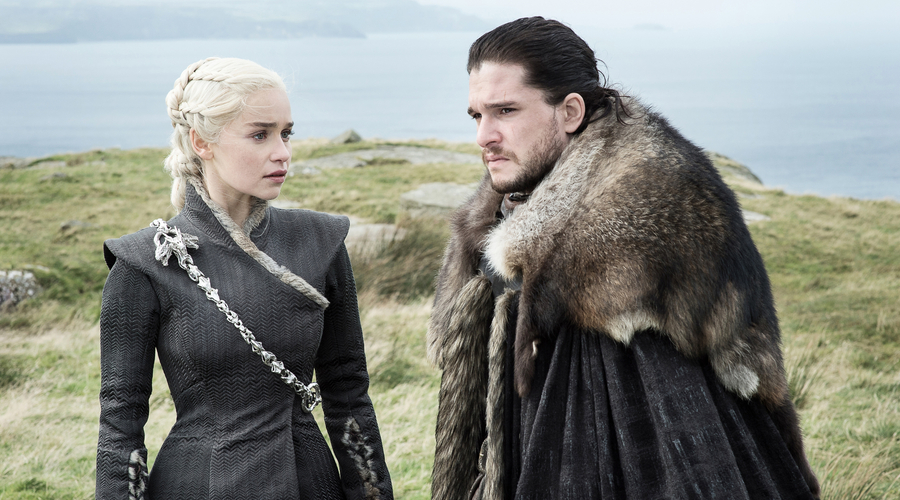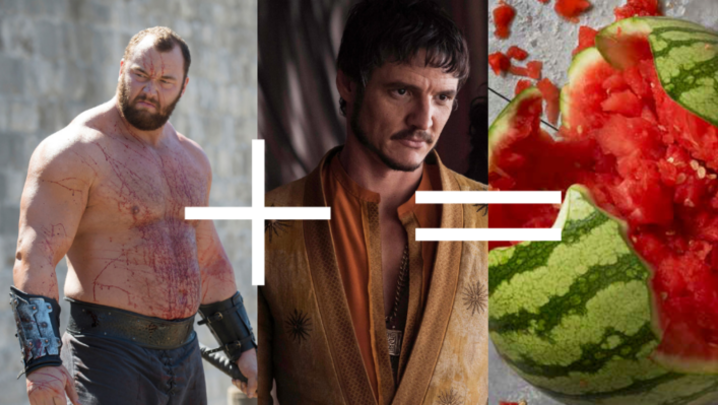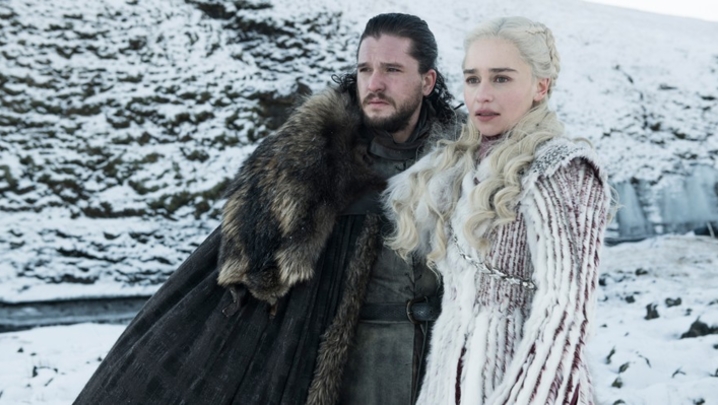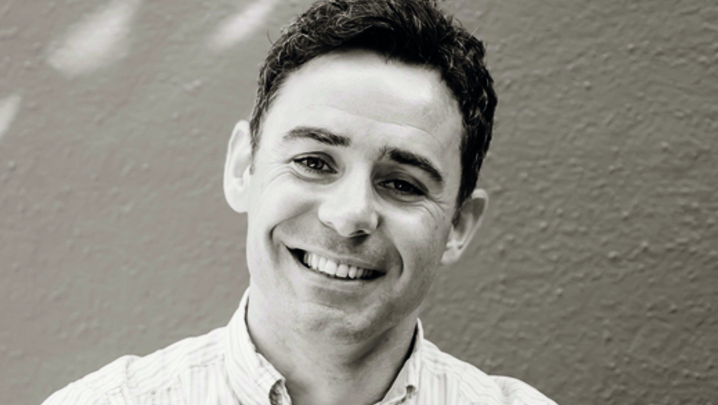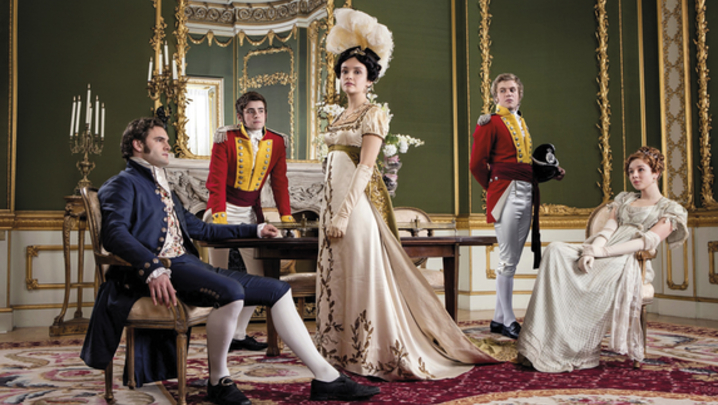As the producers of Game of Thrones develop spin-off shows, Mark Lawson assesses what makes a hit sequel.
In the first episode of the seventh, and penultimate season of Game of Thrones, a new character, played by Jim Broadbent, consoles those who are gloomy about the terrible freeze descending on Westeros: “Every winter that ever came has ended.”
This moral may also contain a message for fans melancholy at the impending end of the fantasy war drama itself, as it seems increasingly likely that the final wintry showdown will be followed by a creative spring.
The show’s maker, HBO, has confirmed that it has teams of writers working on four possible spin-offs from the franchise. These extension projects – at least two of which are expected to reach the screen – are reportedly either prequels or standalone narratives for featured characters. These traditionally, have been the two most common ways of keeping alive a TV hit that has come to a natural end.
Game of Thrones also easily fulfills the two most common criteria for trying to prolong shows that have left the schedules – demand from viewers and supply of finance to the producers.
In any discussion of this subject, first among sequels is the stable started running by Star Trek (NBC, 1966-69), which has, so far, resulted in six spin-offs, the latest of which, Star Trek Discovery, premieres at the end of this month on CBS and Netflix. A new episode will be released for streaming each week starting on 25 September, the day after the first episode airs on CBS. In the US, CBS All Access will stream the show; in the rest of the world, it will be available on Netflix.
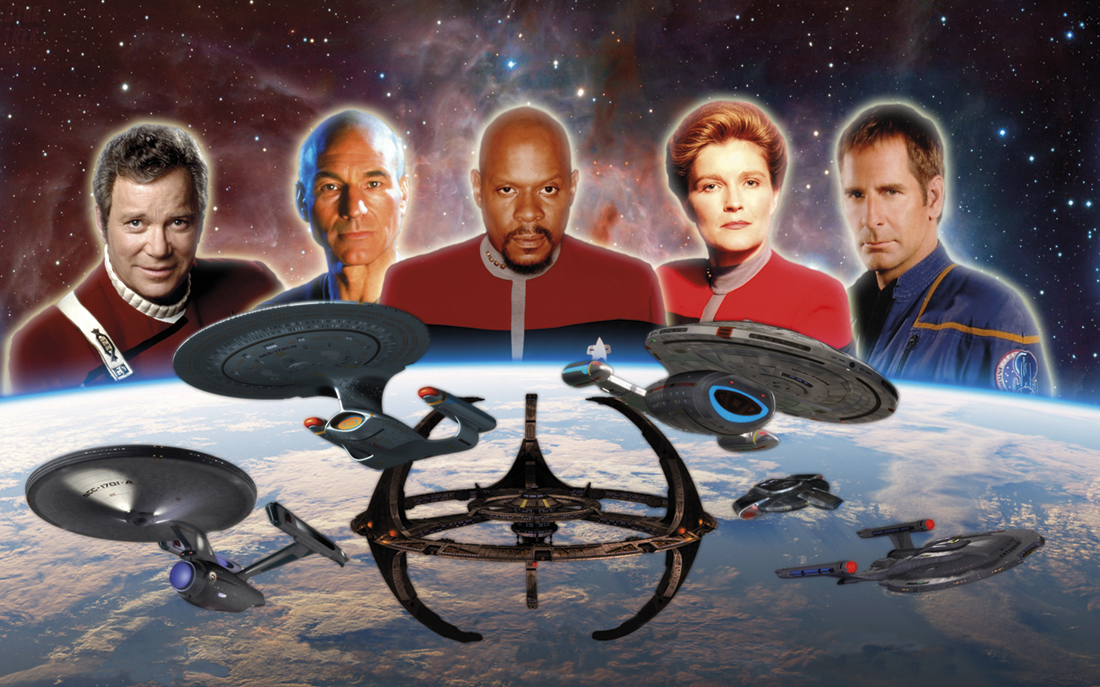
Four of the previous follow-up shows ran for longer than the original, including Star Trek: The Next Generation (1987-94), the title of which has become useful shorthand for one means of stretching an idea: a time-jump. Patrick Stewart was exploring space a century after William Shatner had.
In the wake of the Starship Enterprise, two series with a highly impressive record of reproduction are ITV hits of different eras. The sitcom Man About the House (Thames TV, 1973-76), in which Richard O’Sullivan shared a flat with Paula Wilcox and Sally Thomsett, lucratively expanded the situation twice.
The original trio’s landlords, a bickering couple played by Yootha Joyce and Brian Murphy, moved upmarket to a modern house in George and Mildred (1976-79), followed by the O’Sullivan character’s move into the restaurant business in Robin’s Nest (1977-81).
Although none of the iterations is regarded as a classic, the franchise – created and largely written by Brian Cooke and Johnnie Mortimer – stands high in any spin-off batting average. The shows provided ITV with 17 high-rating, peak-time series over eight years.
That innings is eclipsed, though, by the broadcasting performance of the detective characters drawn from the novels of Colin Dexter. Inspector Morse (ITV, 1987-2000) spawned both a sequel – Lewis (2006-15), which promoted Kevin Whately, previously John Thaw’s sidekick, to protagonist – and a prequel, Endeavour, that has been running since 2012, with Shaun Evans playing Morse earlier in his career.
Remarkably, this trilogy has so far provided 83 peak-time drama episodes (of 90-120 minutes in length) over a span of three decades.
In baseball terms, the Man About the House and Morse sequences are batting three for three. Two recent American series, though still early in the game, are two for two: Breaking Bad/Better Call Saul and The Good Wife/The Good Fight.
"Sometimes, it’s better for “The End” to mean what it says."
These examples become even more noteworthy when judged against the many hits whose spin-offs have fallen short. Television history is filled with examples of the risks of trying to turn a storytelling full-stop – whether for economic or sentimental reasons – into a semicolon.
The bar-based sitcom Cheers (NBC, 1982-93) instructively provides an example of both the best and the worst that can happen when expanding a programme.
Frasier (NBC, 1993-2004) is a very rare American example of the second generation matching the success of the first, perhaps because it cleverly explored the backstory of a character, the psychiatrist played by Kelsey Grammer, whose past in Seattle had been a tantalising aspect of the original.
And yet, as a terrible warning against drawing from the same well too often, The Tortellis (NBC, 1987), which filled out the home life of minor relatives of a major character, Rhea Perlman’s Carla, received jeers rather than cheers before being cancelled after 13 episodes.
In retrospect, the poster advertising the series seems intriguingly defensive: the tagline, “not just another family comedy, not just another family”, suggests a dawning realisation that the relatively novel setting of a bar had been replaced by a much more routine domestic scene.
M*A*S*H (CBS, 1972-83), despite competing with Cheers in polls of top-10 comedies, spawned unwanted twins, AfterMASH (1983-85) and Trapper John, MD (1979-86), which followed staff from the Korean War medical corps into civilian existence in the US.
Tellingly, these series were literally asked to fill the gap, occupying the mother show’s peak-time slot. But, although the latter managed a healthy run, the spin-off projects raised the question that all continuations have to tackle: how far should the sequel repeat the original situation?
What had been, through the Korean conflict setting, an unusual doctors-and-nurses show became, when relocated to America, another standard example of the genre.
A further problem for M*A*S*H was that the most marketable actor from the show, Alan Alda, had moved on to movies.
Friends (NBC, 1994-2004) faced similar difficulties: Jennifer Aniston became a bona fide Hollywood superstar, following George Clooney in denting the perception that small-screen stars lacked transferrable cinematic talents.
As Courteney Cox, Lisa Kudrow and David Schwimmer also made significant impacts in film, any Friends spin-offs were limited to those performers for whom TV continued to be an attractive option, such as Matt LeBlanc.
His thick but libidinous character, Joey Tribbiani, a struggling actor, was given his own show, Joey, in which the lovably dumb Italian-American pursued movie fame in LA, a plot line that may have been psychologically complex for LeBlanc, as he watched Aniston and other Friends alumni making the transition for real.
Joey prospered enough in its premiere season to win a second, which was then cancelled halfway through when it came up against the ratings juggernaut of American Idol. The show, though, had an inbuilt design fault that is the reason many extension projects fail: what had been loved as an ensemble piece gave birth to a single-character sitcom.
In TV fiction, as in sport, there are performers who continue to flourish when transferred to another arena, and those who are revealed to have been carried by the original team.
So, what might the writers working on the Game of Thrones carry-ons learn from these past examples?

As Lewis/Endeavour, George and Mildred/Robin’s Nest and Frasier show, it seems crucial to choose characters and actors who account for a major part of the audience’s original investment in the show.
But this is complicated, in the Game of Thrones continuations, by the fact that George RR Martin, author of the source novels, plans to publish another two books in the series which, presumably, might one day become Game of Thrones 2 for HBO.
And, unless contract negotiations or arrangements are already in place, the battles-and-dragons franchise also seems at risk of its core cast becoming unavailable or unaffordable: especially Kit Harington, Emilia Clarke and Peter Dinklage.
One solution to actor drop-out is to visit the figure when younger, an approach that delivers continuity despite recasting, as Endeavour, Prime Suspect 1973 and Rock & Chips (a prequel to Only Fools and Horses) proved, in descending order of success.
John Sullivan’s Del Boy sitcom also touted a second, slightly dodgy spin-off, The Green Green Grass, which followed two minor characters from Peckham to Shropshire.
The biggest lesson, though, is to stay close to what made the first show work.
Whatever Happened to the Likely Lads? (BBC One, 1973-74) succeeded equally with viewers who knew the central cast from the 1964 series, The Likely Lads, and a new audience that didn’t even realise it was a sequel or spin-off.
Crucially, Rodney Bewes’s Bob and James Bolam’s Terry remained in the same north-eastern locations, even though their prospects and relationship had been changed by time.
In contrast, even if it had not been hobbled by the sudden death of Ronnie Barker’s co-star, Richard Beckinsale, Going Straight (BBC, 1978) would surely never have repeated the appeal of Porridge (1974-77), because the initial prison setting was inherently more compelling than the situation of old lags on the outside.
Game of Thrones has the advantage of having always been a multi-location show, moving between the various kingdoms and dynasties, which makes it possible to pitch new shows in gaps on the map or in family trees.
But no continuation project can solve the problem that what the audience really wants is more of Game of Thrones in its present form, which can only happen when the cast and more Martin novels are available.
Most fans of any series have fantasies about it somehow carrying on. Personally, I’d like to know what happened in the presidency of Matt Santos (Jimmy Smits), who is elected at the end of The West Wing (NBC, 1999-2006), my single favourite TV show.
But even a writer as talented as Aaron Sorkin probably can’t make creative lightning strike twice in the same place. Sometimes, it’s better for “The End” to mean what it says.

